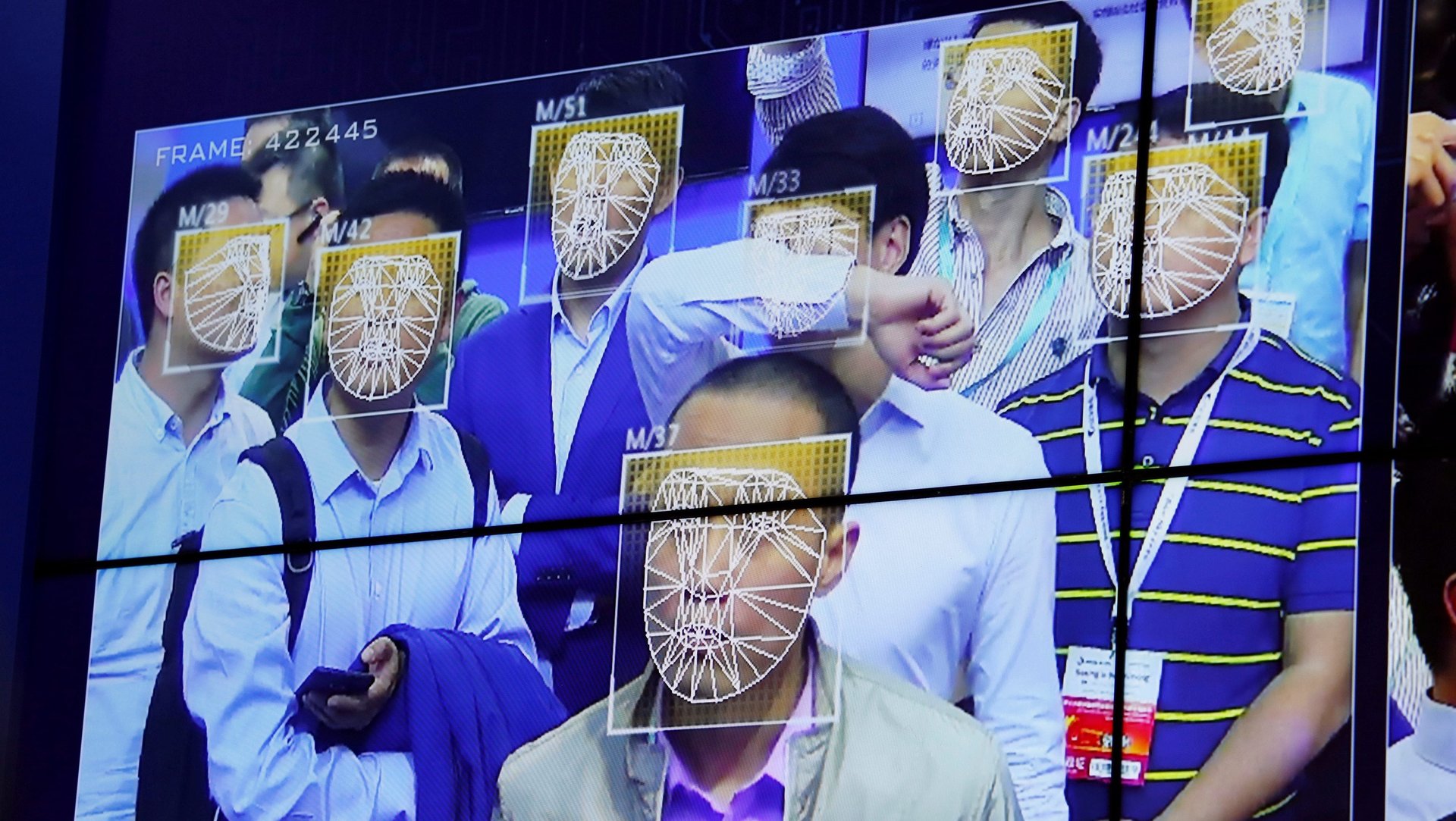China has shot far ahead of the US on deep-learning patents
China wants to become a country of innovation, and lead the world in artificial intelligence in 2030. By one indicator, it’s on its way.


China wants to become a country of innovation, and lead the world in artificial intelligence in 2030. By one indicator, it’s on its way.
China is outdoing the US in some kinds of AI-related intellectual property, according to a report published in mid-February by US business research firm CB Insights. The number of patents with the words “artificial intelligence” and “deep learning” published in China has grown faster than those published in the US, particularly in 2017, the firm found. Publication is a step that comes after applications are filed but before a patent is granted. The firm looked at data from the European patent office.
When it comes to deep learning—an advanced subset of machine learning, which uses algorithms to identify complex patterns in large amounts of data—China has six times more patent publications than the US, noted the report (pdf, p.7).
There are some caveats to these numbers of course. For example, differences between patent application processes in China and the US, including lags in the patent publication process, mean that these numbers alone don’t tell the whole story. For another, patents aren’t equal when it comes to citations, which are another way to judge the impact on global innovation.
And when it comes to patents using the term “machine learning,” often conflated with the term AI, China still lags behind. Searching patents for “machine learning” found the US had 882 related patent publications while China had 77 in 2017. According to research by two Chinese venture capital firms, the US owns 32% of global machine learning patents while China owned 23% of those as of 2017.
Still, China is likely to play an increasing role in AI. Chinese researchers more than doubled the number of scientific papers they published on AI in 2017 compared with 2010, while those from American authors fell, according to a study published by economists at the University of Toronto, which looked at papers published in the annual Association for the Advancement of Artificial Intelligence conference.
One of China’s advantages come from its large digitally-connected population. They provide a huge amount of data, which machine learning and deep learning need to advance. Chinese social media giant Tencent’s messaging app WeChat, for example, counts on nearly a billion users.